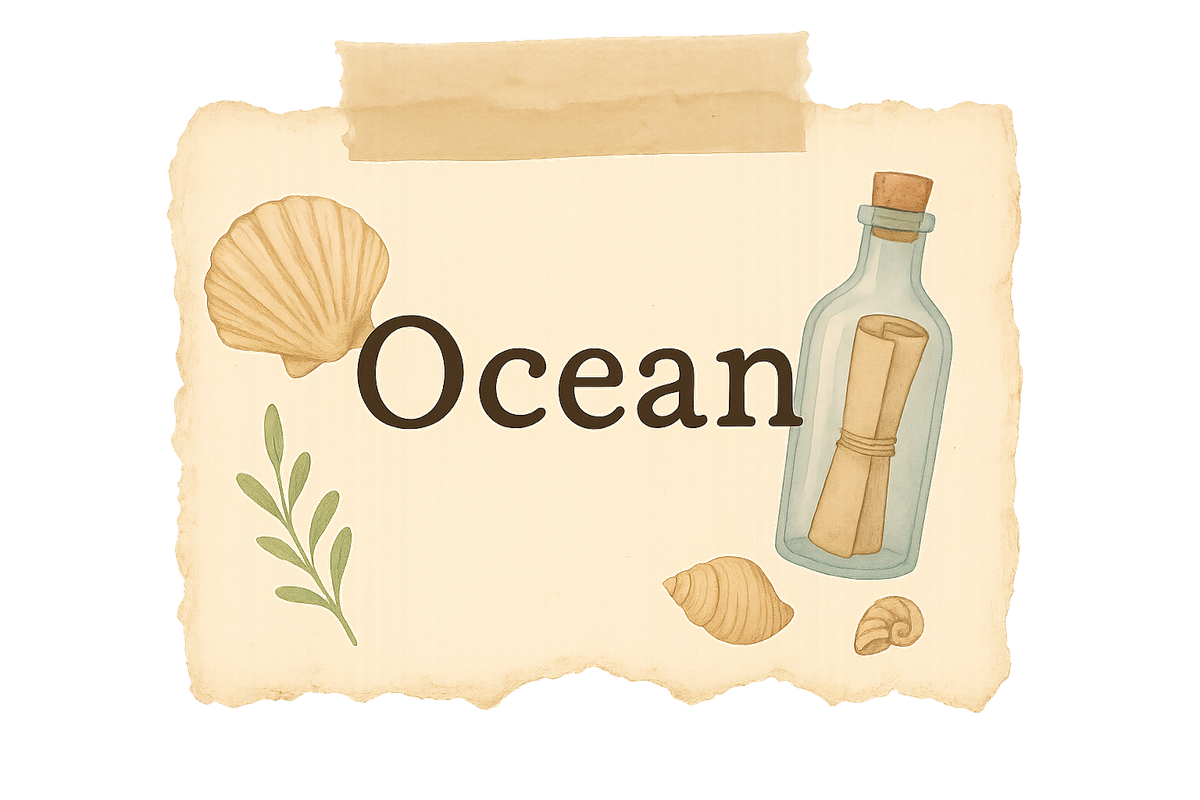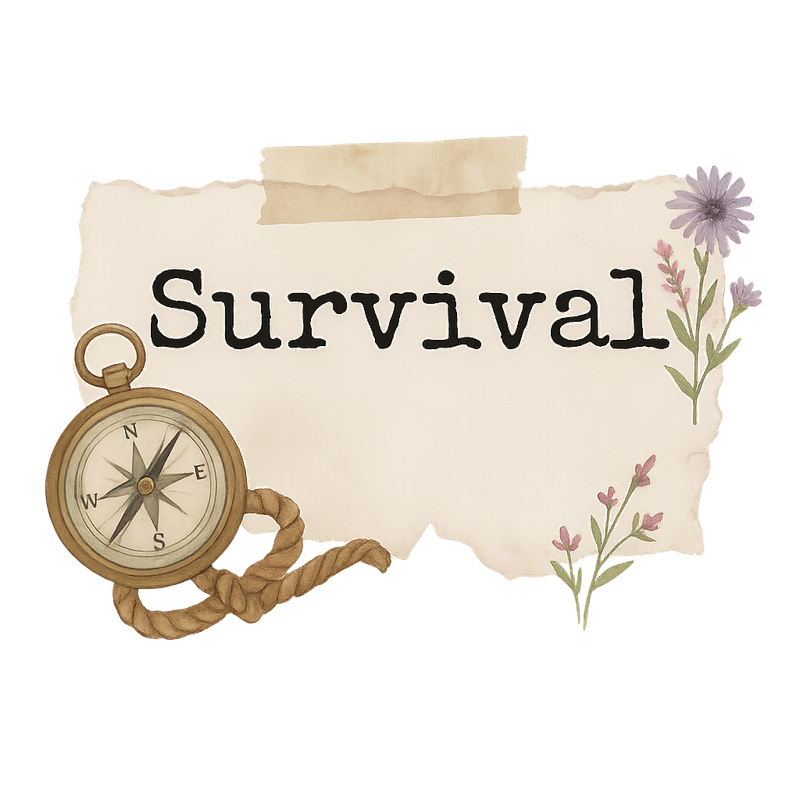How to Survive if You’re Trapped at Sea
Imagine this: your boat capsizes or your plane goes down over the ocean, and you find yourself floating on open water. No land in sight. No one immediately coming to the rescue. It sounds like something out of a movie, but it happens — and knowing what to do can mean the difference between life and death.
Step 1: Stay Calm & Assess Your Situation
Panic is your worst enemy. Take a few deep breaths and evaluate what you have:
Are you injured? If so, address that first.
Do you have any floating supplies or debris? Grab anything that can hold water, offer shade, or be used for signaling.
Check for a life raft, life jacket, or any object that floats. Stay with the largest piece of debris if possible — it’s easier to spot from the air.
Step 2: SOS and Signaling for Rescue
Basic SOS:
SOS in Morse Code: ••• ––– ••• (3 short, 3 long, 3 short). You can tap it on metal, whistle it, or flash it with a mirror.
Ground/Sea Signals: If you’re on a life raft, arrange objects or clothing in a clear “V” or “HELP” pattern for visibility. If needing medical help make an "X".
Reflective Surfaces: Use mirrors, shiny metal, or even wet surfaces to reflect sunlight toward passing planes or ships.
Fire/Smoke (if near land): Thick, black smoke gets attention fast. Burn rubber or wet materials to create heavy smoke.
Step 3: Shelter at Sea
Shelter isn’t about building a hut — it’s about protecting yourself from sun, wind, and cold.
Sun Protection: Use tarps, shirts, or life jackets to make a simple canopy over your raft.
Stay Dry: Sitting in water for too long can lead to hypothermia, even in warm weather. Create a dry spot using anything that floats.
Night Warmth: Bundle up with any fabric or clothing you can find. If you’re with others, huddle for warmth.
Step 4: Water — Your Top Priority
You can survive weeks without food but only 3–4 days without water.
Collect Rainwater: Use tarps, plastic bags, bottles, or even your hands to collect rain.
Dew Collection: Lay out fabric at night to collect condensation. Wring it into a container in the morning.
Solar Still: Fill a container with saltwater. Cover it with plastic wrap, securing the edges. Place a small cup or container inside, under the center. Put a small rock or weight on the plastic directly above the container to create a dip. Let the sun heat the water — fresh water will condense on the plastic and drip into the cup.
NEVER drink seawater — it dehydrates you faster.
Step 5: Food — Fishing, Seaweed & Plankton
Fishing: Use any string, shoelace, or life jacket cords with a sharp object for a hook. Fish guts or small pieces of fish can act as bait.
Edible Seaweed: Safe seaweed is usually green, brown, or red. Avoid seaweed with slimy surfaces, black spots, or a foul odor. Wash it in fresh water (if available) or rinse with seawater.
Plankton: Look for small, translucent creatures floating near the surface. Scoop them with cloth or your shirt. They’re high in protein but should be consumed in small amounts if you have no fresh water.
Step 6: Treating Common Injuries
Cuts & Scrapes: Rinse with seawater (it’s not sterile, but it’s better than letting debris fester). Cover with clean cloth to avoid infection.
Sunburn: Use wet fabric for cooling. Cover exposed skin with clothing, seaweed, or mud if available.
Dehydration Symptoms: Dizziness, headaches, dry mouth — sip water slowly if you find it.
Hypothermia: Remove wet clothing if possible. Warm the body with any dry material or body heat.
Heat Stroke: Move into shade and dampen clothing with water to lower body temp.
Step 7: Keep Your Mind Busy
The ocean is as mentally challenging as it is physical.
Set small goals like “collect water” or “signal for 30 minutes.”
Sing, talk, or pray to keep morale up.
Focus on what you can control.
Realistic Survival Bag for Boats & Planes
If you ever plan a boat trip or fly over open water, keep a personal survival bag (small enough for carry-on or under-seat storage):
Waterproof matches/lighter
Compact signal mirror and whistle
Lightweight tarp or emergency blanket
Compact water filter straw (like LifeStraw- Won't take salt out)
2–3 sealed water pouches
Energy bars or high-calorie rations
Small fishing kit (hooks, line, weights)
Mini first-aid kit (bandages, antiseptic wipes, painkillers)
Duct tape (for repairs and improvising tools)
LED flashlight with extra batteries
Multi-tool or folding knife
Paracord bracelet (for string and tying shelter)
Glow sticks for nighttime signaling
Small waterproof notebook and pencil (for leaving messages or SOS notes)
Conclusion
Surviving at sea is about resourcefulness, calm thinking, and preparation. People can be found within 72 hours if they can stay visible, hydrated, and alive. Build a small survival kit, learn how to collect water, and never underestimate the power of staying calm.

.jpg)


.png)
No comments:
Post a Comment